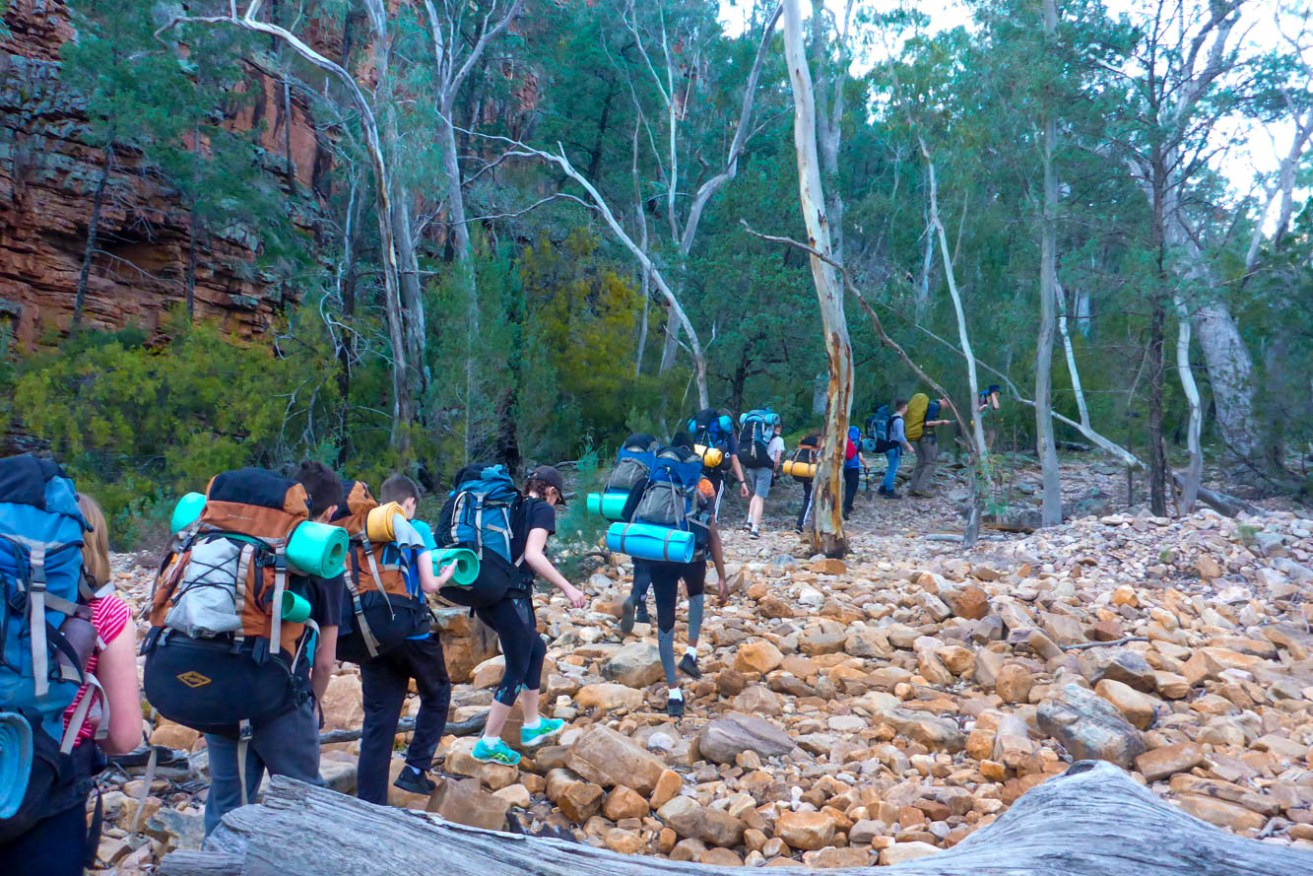Satellite emergency texts to launch in Australia
Lost hikers, injured climbers and car crash victims will be able to send for help even when outside mobile phone range using new technology launching in Australia.

Tech giant Apple will activate its Emergency SOS feature in the country on Monday, letting iPhone 14 users send messages to fire and rescue, ambulance or police services using satellite coverage.
The service, which launched in the US and Canada last November, has already been credited with helping rescue teams locate stranded and injured users in three US states.
And experts say the technology could become more widespread, with rival Google and chipmaker Qualcomm planning to launch a similar service.
Apple’s emergency feature works by connecting phones to Globalstar’s 48 low-Earth orbit satellites and sending text messages to a relay service that translates them for emergency service call centres.
Users can share their exact location, medical information, and answers to a series of questions including whether they’re injured, lost, trapped, sick, under threat, breathing well, or located near water, a cave or steep terrain.
A transcript of the messages can be shared with emergency contacts.
Apple worldwide marketing senior vice-president Greg Joswiak said the company developed the feature to help people when “off the grid”.
“Some of the most popular places to travel are off the beaten path and simply lack cellular coverage,” he said.
“Our teams worked tirelessly to tackle a new set of technical challenges to bring this service to life.”
The satellite service will become available to Australian iPhone 14 users from Monday without any additional download. It cannot be used with older iPhone models, however, due to hardware constraints.
The company said the emergency service would remain free for the first two years.
Telsyte principal analyst Foad Fadaghi said accessible satellite phone services could prove to be a vital lifeline, particularly for hikers.
“It’s a service that absolutely makes sense in Australia – a country where people enjoy outdoor living and every summer we hear of people who have become lost in the Blue Mountains or areas where there’s no phone coverage,” he said.
“The killer feature is that it’s embedded in the phone and there’s no need for additional hardware.”
Charging a fee for the service at a later date could prove tricky though, Fadaghi said, as the service would not be in regular use.
Google is also expected to launch a similar service for Android smartphones in software released later this year, and chipmaker Qualcomm has partnered with a satellite operator to develop an emergency messaging service for Android handsets.
Since its launch, Apple’s emergency satellite feature has been credited with helping rescuers find a stranded snowmobile driver in Alaska, two people hurt in a car crash in a Californian forest, and three students trapped in a Utah canyon.
-AAP




